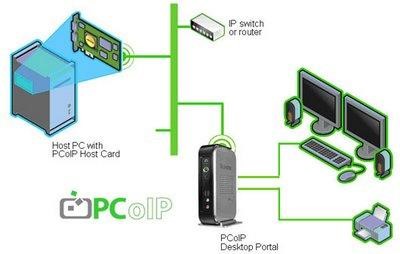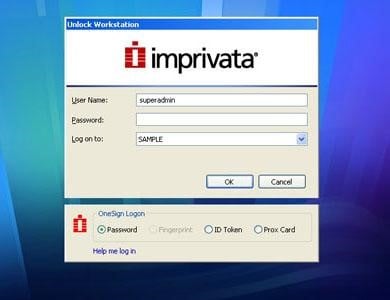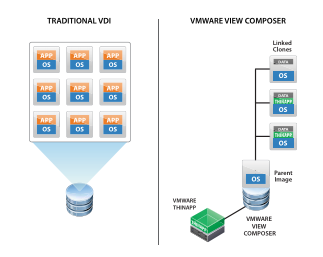Although organizations have begun their leap to Virtualization and begin to embrace zero clients more and more, end users still have beefy workstations that they use on a day-to-day basis.
What exactly is a Remote PCoIP Host Workstation Card and how does it work?
Posted by Scott Drucker on May 7, 2015 9:58:57 AM
Topics: VDI, PCoIP, Virtualized Users
Over the last two years, in addition to standing up our internal Virtual Desktop Infrastructure, NCS successfully converted a number of older physical servers to virtual machines running in a VMware environment. Our primary reasons for doing this were a mix of aiming to reduce cooling costs and energy footprints, as well as replacing aging servers.
Topics: Virtualized Users
Final Entry Of A Multi-Part Series
POWER USERS
Over the past week, I have been discussing the various kinds of workers who are likely to be impacted by virtualization. Power Users, like the more senior Knowledge Workers discussed in the last blog, generally are tough challenges for virtualization. These are the folks that require the power of a desktop, the proprietary peripherals, and resource intensive software applications.
Topics: VDI, Virtualized Users
As I mentioned in Parts 1, 2 & 3 of this blog series, when a company expresses the intent to move toward virtualization, it is prudent to ask them if they have an idea, or better yet a list, of the users and type of users that they intend to virtualize.
The questions quickly pop up, including what type of worker do you recommend we start with on the way to full virtualization? l have discussed the differences between a deployment with Persistent Desktops versus Non-Persistent Desktops, Linked Clones versus Full Clones, and Kiosk Workers. Today I'd like to discuss Task Workers and Knowledge Workers.
Topics: VDI, Virtualized Users
Part 3 Of A Multi-Part Blog Series
As I mentioned in Parts 1 & 2 of this blog series, when a company expresses the intent to move toward virtualization, it is wise to ask them if they have a list of users and type of users that they intend to virtualize.
Topics: Virtualized Users
Part 2: Virtualized Linked Clones Versus Full Clones
Posted by Scott Drucker on Feb 20, 2015 7:00:00 AM
Part 2 Of A Multi-Part Blog Series
As I mentioned in Part 1 of this blog series, when a company expresses the intent to move toward virtualization, it is wise to ask them if they have a list of users and type of users that they intend to virtualize.
The questions quickly pop up, including what type of worker do you recommend we start with on the way to full virtualization? In the first blog l discussed the differences between a deployment with Persistent Desktops versus Non-Persistent Desktops. Today I'm here to talk about Linked Clones versus Full Clones
Topics: Virtualized Users
Multi-Part Blog Series
Virtualization: The Many Types of Users
In my experience, when a company expresses the intent to move toward virtualization, it is wise to ask them if they have a list of users and type of user that they intend to virtualize.
It seems that the minute that question leaves my mouth, a series of questions pop up, including what type of workers are there for VDI? Is there a type that shouldn’t be included or virtualized? What type of worker do you recommend we start with on the way to full virtualization?
Topics: VDI, Virtualized Users







